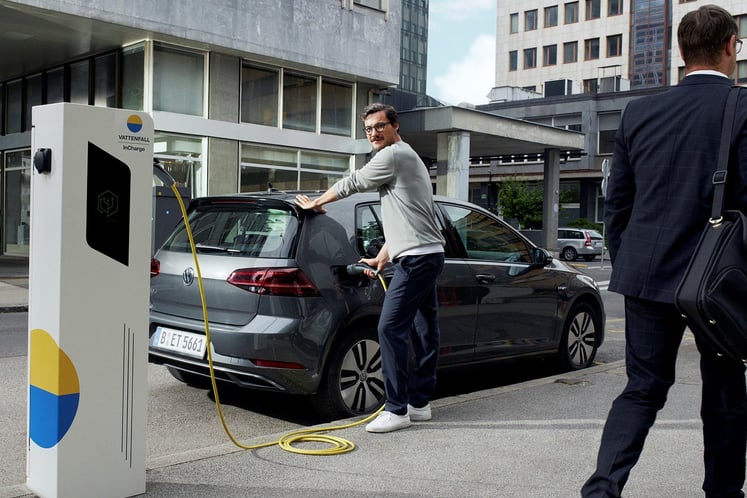
"Vattenfall's purpose is clear. We want to enable the fossil freedom that drives society forward."
Video player requires marketing cookies.
To view this content please click here to allow marketing cookies.
Learn more about how we’re working for fossil freedom.
We’re all trapped in a system that’s addicted to fossil fuels. Our cars, our planes and our buildings. Even our lunch. They’re all made or moved using fossil fuels. At Vattenfall we’re helping society break free from this dependency on fossil fuels. This means thinking and acting even broader and using fossil free solutions as a key to tackle many of our societal challenges.
We’re committed to building a future where everyone can choose fossil free ways to move, make and live. We call this fossil freedom and we believe it’s the only way society can progress.

At Vattenfall, our goal is fossil freedom – a future where everyone can choose fossil free ways to move, make and live. Our goal is that by 2040, we won’t use fossil fuels (e.g. coal, oil, natural gas or peat) or any fuels derived from fossil fuels (e.g. blue hydrogen) in our own primary electricity or heat production.
We are striving towards making our upstream and downstream production chains fossil free, so all Vattenfall’s customers (whether electricity or heat) can use fossil free energy. For all other products and services in our portfolio, we believe that we will be able to offer a fossil free option (e.g. biogas or biomethane).
We’re also working to help other sectors and industries become fossil free, aiming to provide their customers with fossil free options to move, make and live by 2040.
Read more here: Our CO2 roadmap towards net-zero
Our targets have been approved by the Science Based Targets initiative (SBTi) as being fully in line with limiting global warming to 1.5°C.
Together with LKAB and SSAB we’re developing fossil free steel – a metal that can reduce global carbon emissions by up to 7%.

We’re installing fast-charging points at thousands of public places, shops and workplaces in Northern Europe.

We have built the world's first subsidy-free offshore wind farm.

Our revolutionary high-temperature heat pumps are making fossil-free heating easier and more affordable.


"Vattenfall's purpose is clear. We want to enable the fossil freedom that drives society forward."